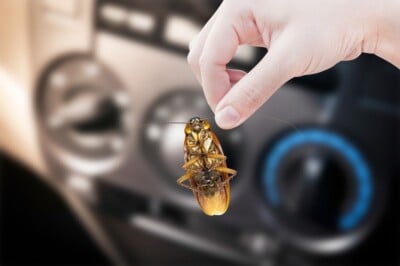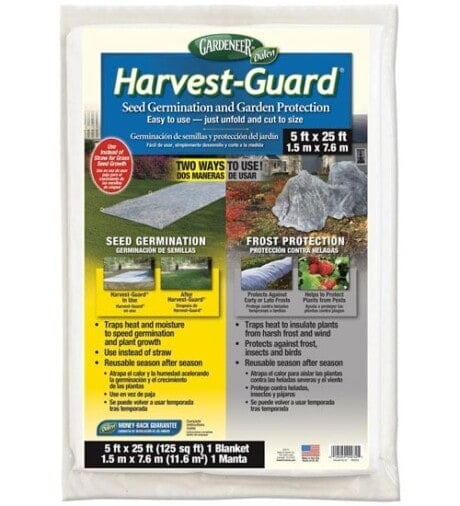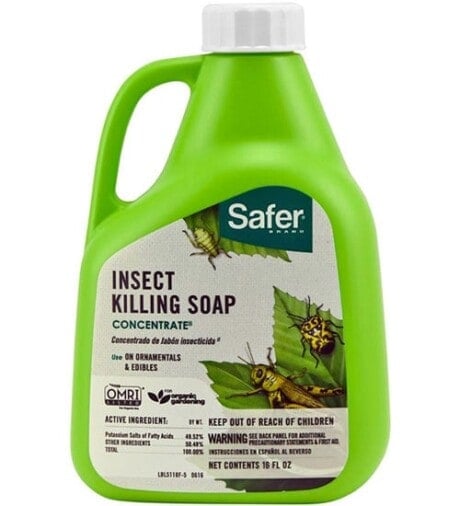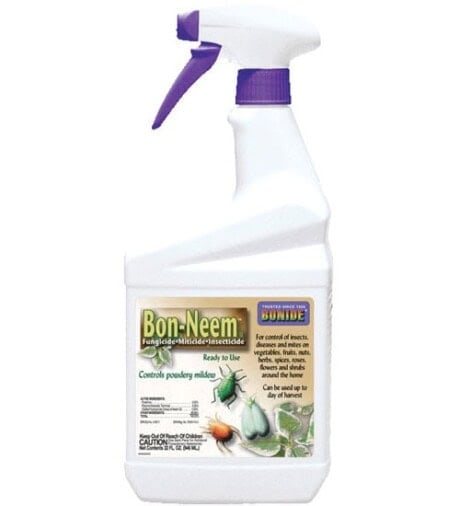Mosaic Virus
Proven methods for identifying and preventing mosaic virus in home and market gardens.
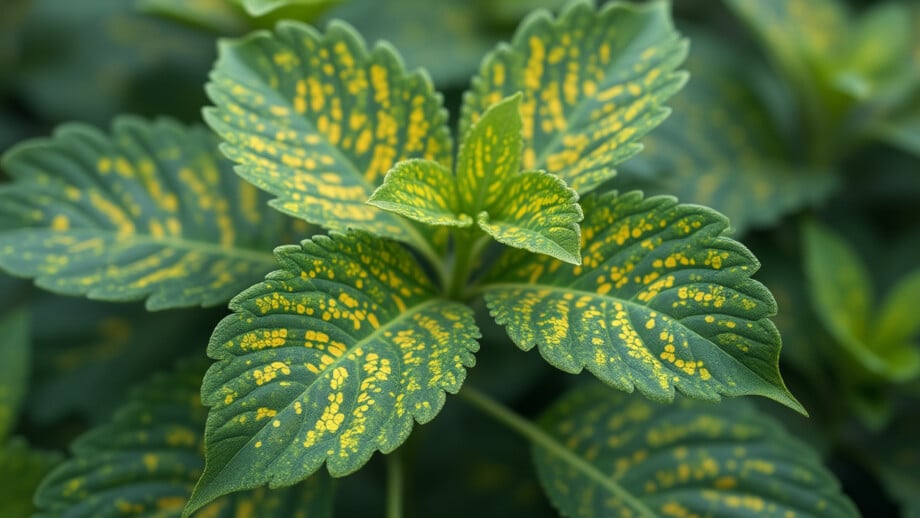
We all know purchasing a plant, starting a garden, or harvesting crops can be an exciting journey, but having knowledge of certain diseases that can harm your healthy plants is crucial. With thousands of different viruses, the mosaic virus is one of the most common types of plant viruses and contains hundreds of different strains.
This article will provide information and proven methods for identifying, preventing, and controlling mosaic disease in your plants and gardens.
What is mosaic disease?
The mosaic virus is a parasite that destroys plants, gardens, and crops down to their molecular level. Once a plant contracts the mosaic virus, the infected plant can then spread the virus to other plants and even affect an entire harvest if left untreated.
Mosaic viruses affect a wide variety of horticultural and vegetable crops — roses, beans, tobacco, tomatoes, potatoes, cucumbers, pumpkins, squash, melons, and peppers.
Types of mosaic viruses and images of how they damage infected plants:
Tobacco Mosaic Virus

Cucumber Mosaic Virus

Tomato Mosaic Virus Found in Tomato Plants
Bean Common Mosaic Virus

Rose Mosaic Virus
How do I know if my plant has mosaic virus?
The typical symptoms of the mosaic virus include:
- Yellow, white or green stripes/ streaks/ spots on foliage
- Wrinkled, curled, or small leaves
- Pronounced yellowing only of veins
- Stunted growth and reduced yields
- Infected fruit appears mottled and develops raised “warty” areas
- dark green blisters
- stems that dry out rapidly
Plant viruses can be difficult to detect as these typical symptoms look similar to other plants with nutrient deficiencies and vary depending on the age of the plant when infection occurs. The virus movement can quickly spread to an entire leaf then the entire plant is taken over by the virus, and ultimately the infection will spread to other plants in the surrounding area.
How do plants get the mosaic virus?
Mosaic virus is a viral disease that can be found throughout the United States and the world. Mosaic viruses can be spread by weeds, infected seeds, an infected plant, or certain insects.
Mosaic virus overwinters on perennial weeds and is spread by insects that feed on them. Aphids, leafhoppers, whiteflies, and cucumber beetles are common garden pests that can transmit this disease. Aphids are the most common garden pests, so learning about aphid control is an extremely important part of any garden or harvest. Additionally, infected soil, seeds, starter pots, and containers can be infected and pass a virus particle to the plant. Cuttings or divisions from the infected tissue may also carry the virus allowing the virus to further spread.
Is the mosaic virus harmful to humans or pets?
The mosaic virus is not harmful to humans or pets since the virus is specific to plants.
Is the mosaic virus bad?
Although infected fruits are safe to eat, the rapid disease development in an infected plant can cause severe damage to a harvest. The virus will not create fruit to rot prematurely, but it will affect the anatomy of the plants such as the number of leaves. This, in turn, decreases fruit production and can dramatically reduce the yield of a harvest.
How do I get rid of a mosaic virus?
There are no cures for viral diseases, such as the mosaic virus, once a plant is infected. As a result, every effort should be made to prevent the disease from entering your garden.
How to prevent mosaic virus?
Although the mosaic virus does not have a cure, follow these 10 tips to help you prevent it:
- Fungicides will NOT treat this viral disease.
- Plant resistant varieties when available or purchase transplants from a reputable source.
- Do NOT save seeds from infected crops.
- Spot treat with least-toxic, natural pest control products, such as Safer Soap, Bon-Neem, and diatomaceous earth, to reduce the number of disease-carrying insects.
- Harvest-Guard® row cover will help keep insect pests off vulnerable crops/ transplants and should be installed until bloom.
- Remove all perennial weeds, using least-toxic herbicides, within 100 yards of your garden plot.
- The virus can be spread through human activity, tools, and equipment. Frequently wash your hands and disinfect garden tools, stakes, ties, pots, greenhouse benches, etc. (one part bleach to 4 parts water) to reduce the risk of contamination.
- Avoid working in the garden during damp conditions (viruses are easily spread when plants are wet).
- Avoid using tobacco around susceptible plants. Cigarettes and other tobacco products may be infected and can spread the virus.
- Remove and destroy all infected plants (see Fall Garden Cleanup). Do NOT compost.



